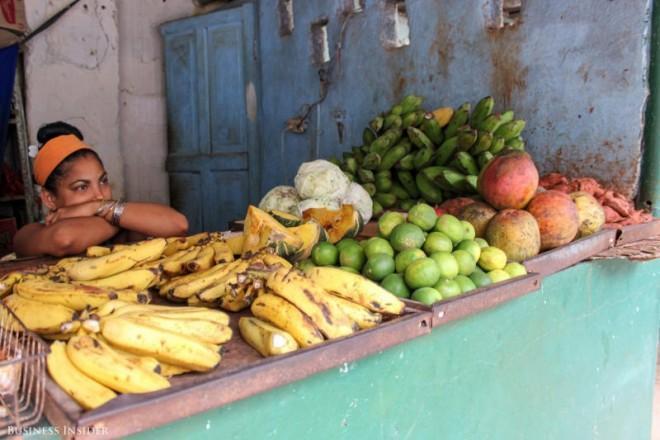We'll have lots of stories about our adventures on the island, which you'll be able to find here.
Scroll down to see our favorite shots and the stories behind them.
These two local women wearing traditional garb called out to us as we passed by on our way to Plaza Vieja. The 92-year-old woman on the left told us that she smokes everyday and her health is in excellent condition. They asked us for a few coins each after we took a few photos of them.
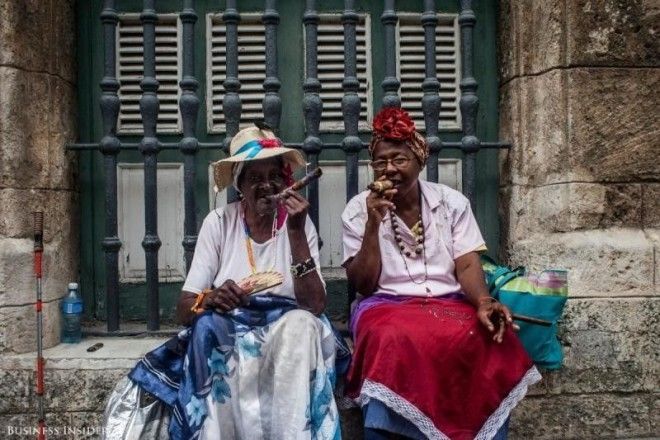
Until Fidel Castro and his revolutionaries took over the country in 1959, Cuba was once the top importer of North American-manufactured cars. The cars are commonly referred to as "yank tanks." We saw a man sleeping in the passenger seat of a "yank tank" outside of the second-largest church in Cuba, Iglesia de Jesús de Miramar.
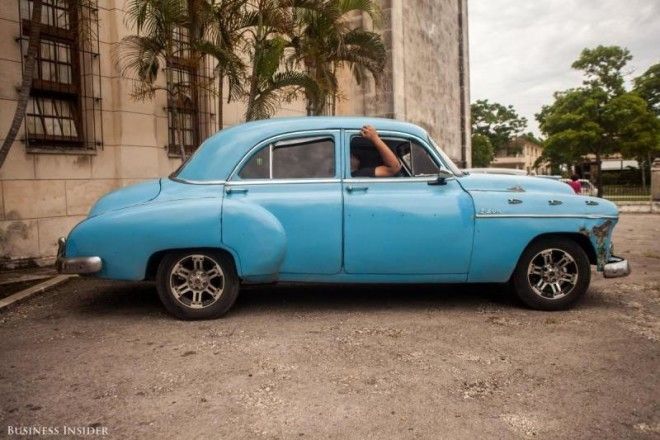
For the next 50 years, owners of these "coches Americanos" would be forced to improvise repairs without access to replacement parts.

While walking in Centro Habana, one of the poorest neighborhoods in Havana, we came across a typical farmers market.
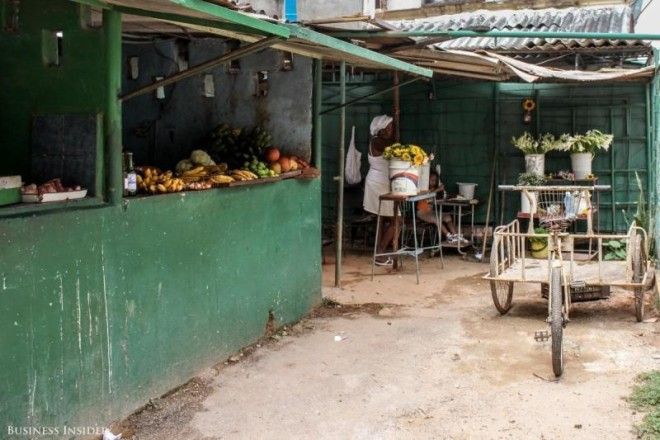
I asked the woman behind her stand a question about a fruit I didn't recognize and she quietly answered without looking at me. I stepped back and motioned to the camera around my neck. She nodded, looked away, and I took this single shot of her.

Next to the market was a "carnicería," or a butcher's shop, where we saw raw meat hanging from the window of the store.
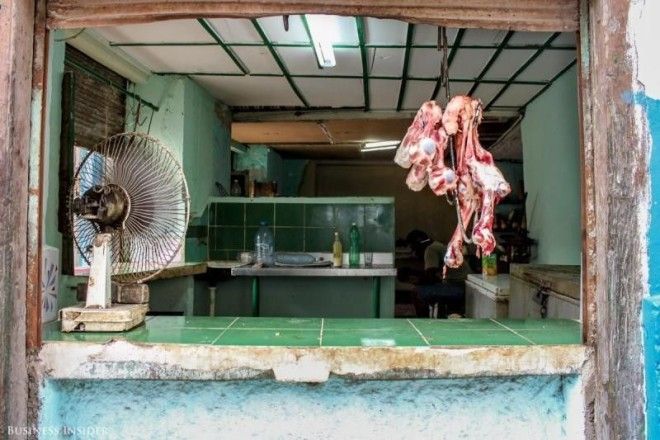
Far from the tourist hotspots, the severely impoverished neighborhood of Centro Habana bustled with life.
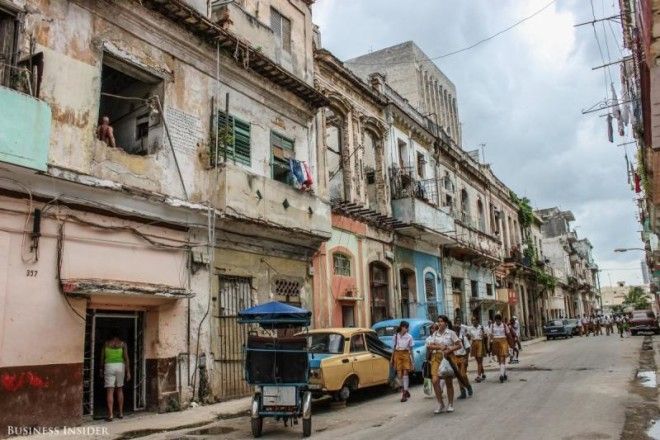
We were thankful to share a few precious moments with the residents of Centro Habana.
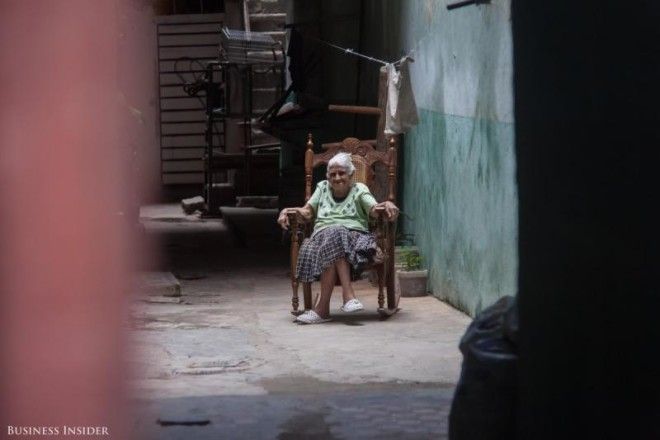
Steps away from Cuba's "El Capitolio," a twin of the US Capitol building, the infrastructure in Centro Habana was by far the worst. Many of the dilapidated buildings were still occupied.

Cuba's Capitol building looked exactly like America's minus the palm trees, 1950s cars, and multicolored buildings.

We spent one morning walking on the Malecón, the path between the seawall and a major Havana roadway. We saw a few people swimming along Havana's rocky shore.
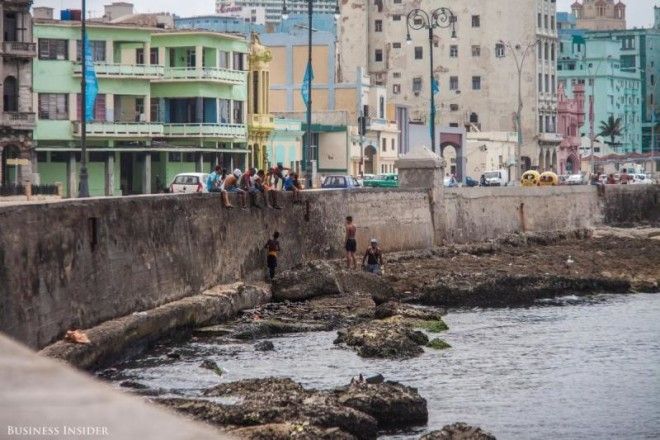
There were several groups of men fishing.
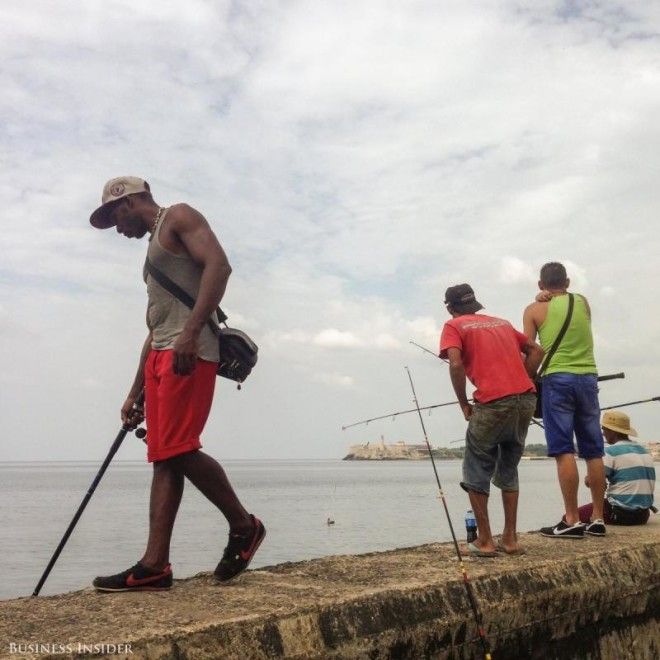
We snapped photographs of the colorful buildings ...
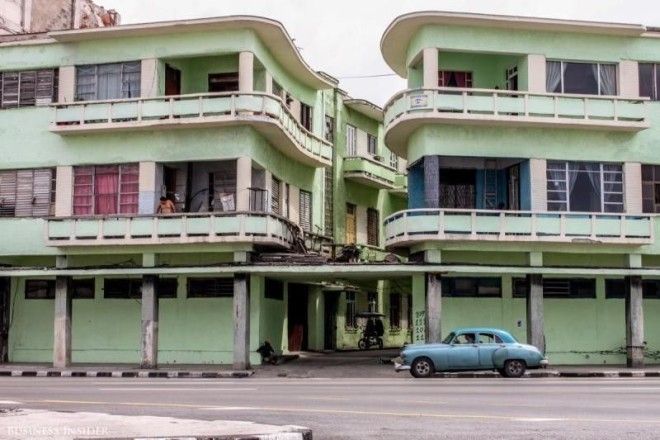
... and the gorgeous "coches Americanos" that roared past us.

Without consulting any maps, we wandered around Havana's various "barrios," or neighborhoods.
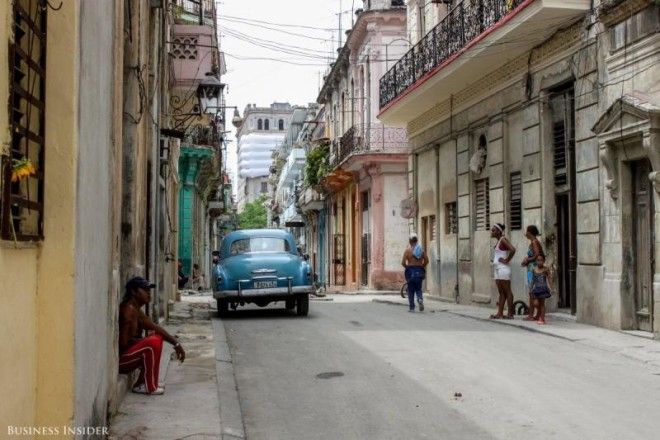
We took time to photograph each classic car we passed.

Sometimes, we had an even better subject step in front of the lens. This little boy didn't speak to us and eventually ran after his mother, but we enjoyed our brief interaction with curious locals of Habana Vieja.
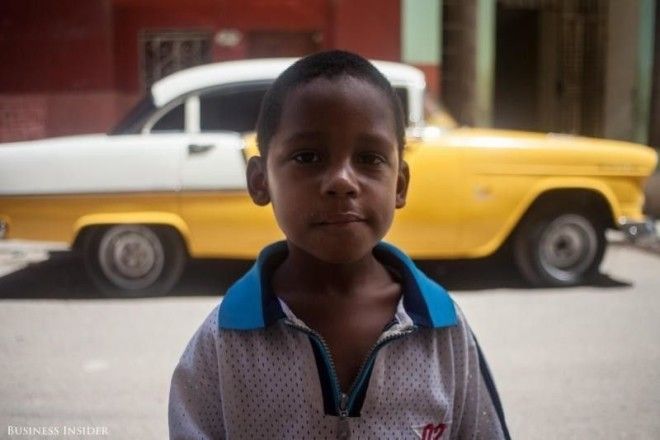
We came across this man smoking a cigar outside of his home. He allowed us to take a photo of him and then asked if we wanted to join his wife's birthday party.

Dodging a freak rainstorm, we stepped into an abandoned building that was turned into a makeshift shooting range. I paid 20 cents to a blind man and picked up one of the guns chained to the table. A few tin cans were suspended along the far wall for us to aim at. The young boys next to me said they had been practicing in the range for hours.
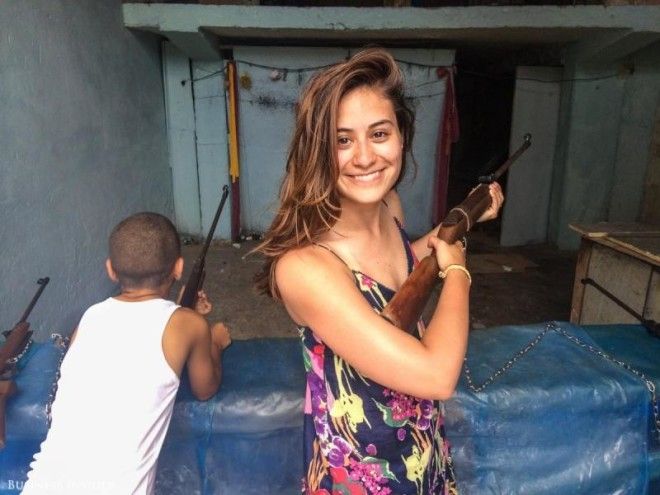
Havana wasn't short of its share of Marxist revolutionary Che Guevara portraits. The Argentine Marxist is viewed as an inspirational icon of revolution and change among Cubans.

Still, much of the city seems stagnant and peaceful.
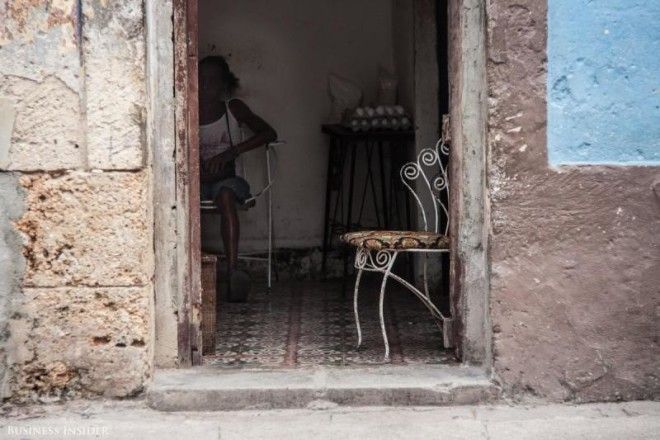
We saw groups of "bicitaxis," what we call pedicabs in New York City, parked throughout the touristy areas of Havana. When we were a little tired of walking we paid for a tour on a bicitaxi and invited our drivers to have a few drinks with us.
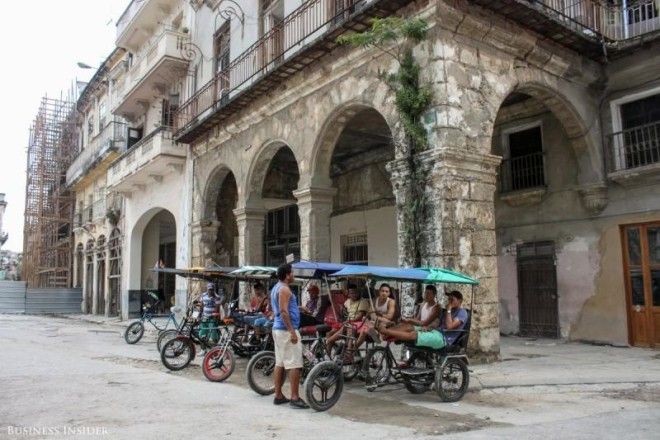
And although we loved riding in a classic car and bicitaxi, we agreed that our favorite method to get around was by foot.

Getting lost around Havana was our favorite part. Business Insider's senior video producer, Graham Flanagan, checked a map while front-end developer Tyler Greenfield, wearing a matching hat, spoke to a Cuban man on the street. The local was trying to sell them black-market currency.
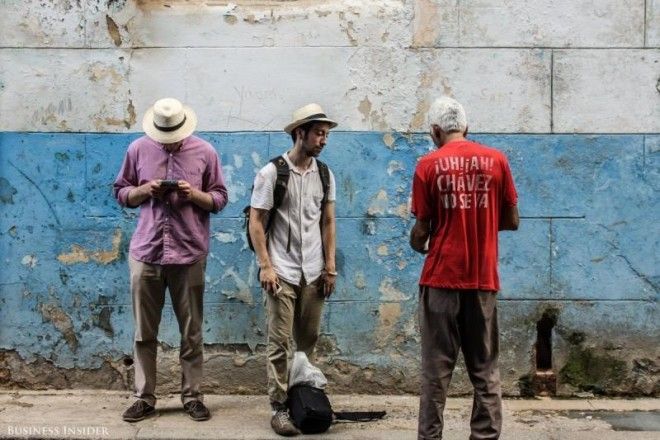
Walking around gave us more of an opportunity to interact with locals ...

... get a glimpse into their daily lives ...

... and hear their stories.

